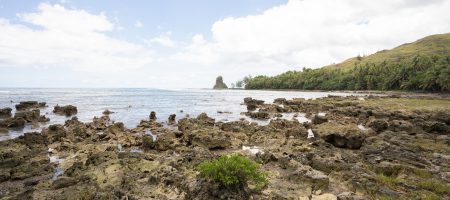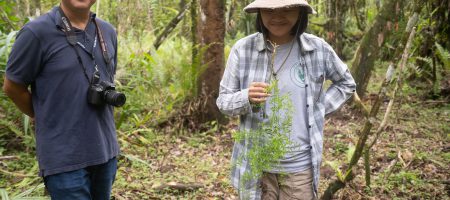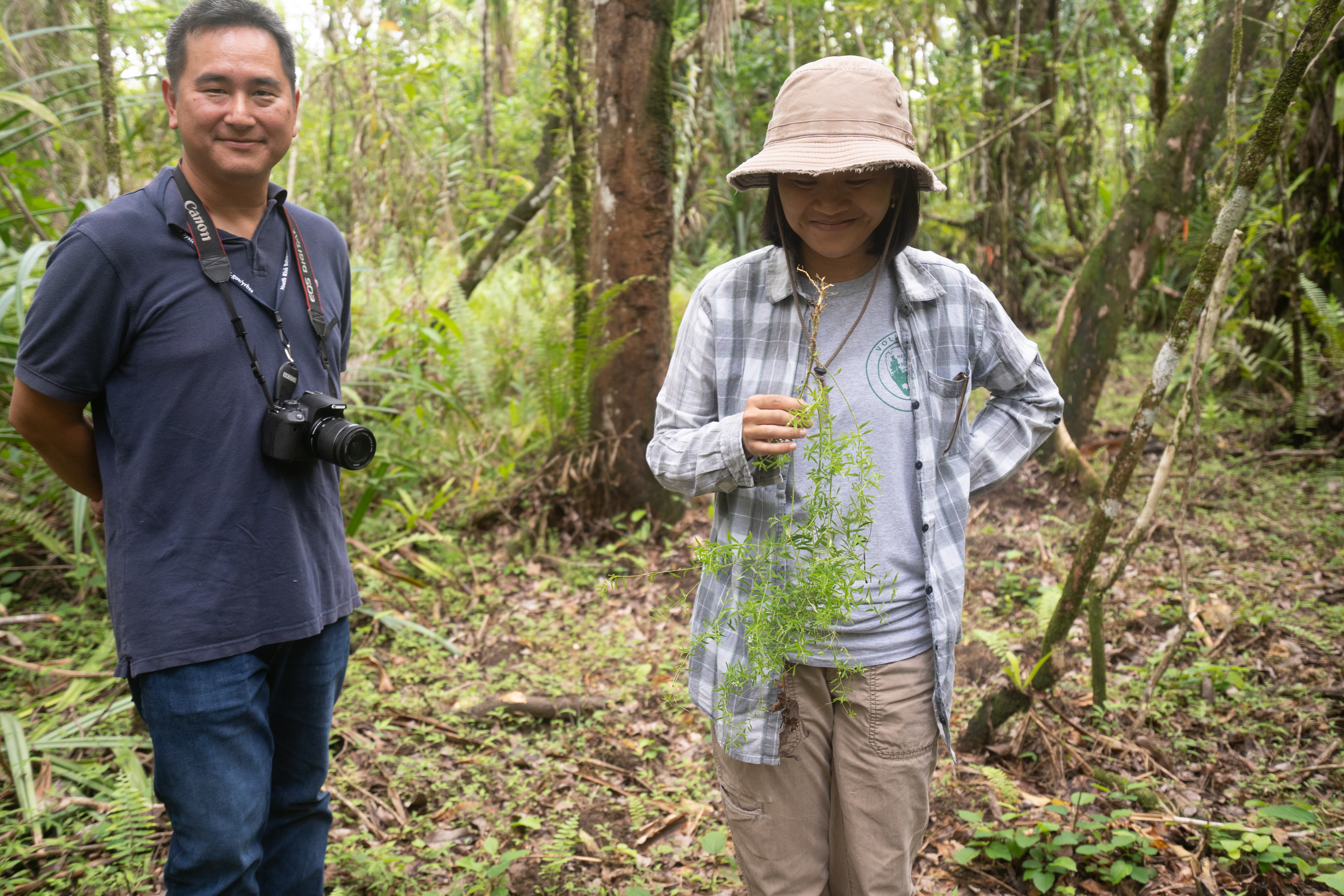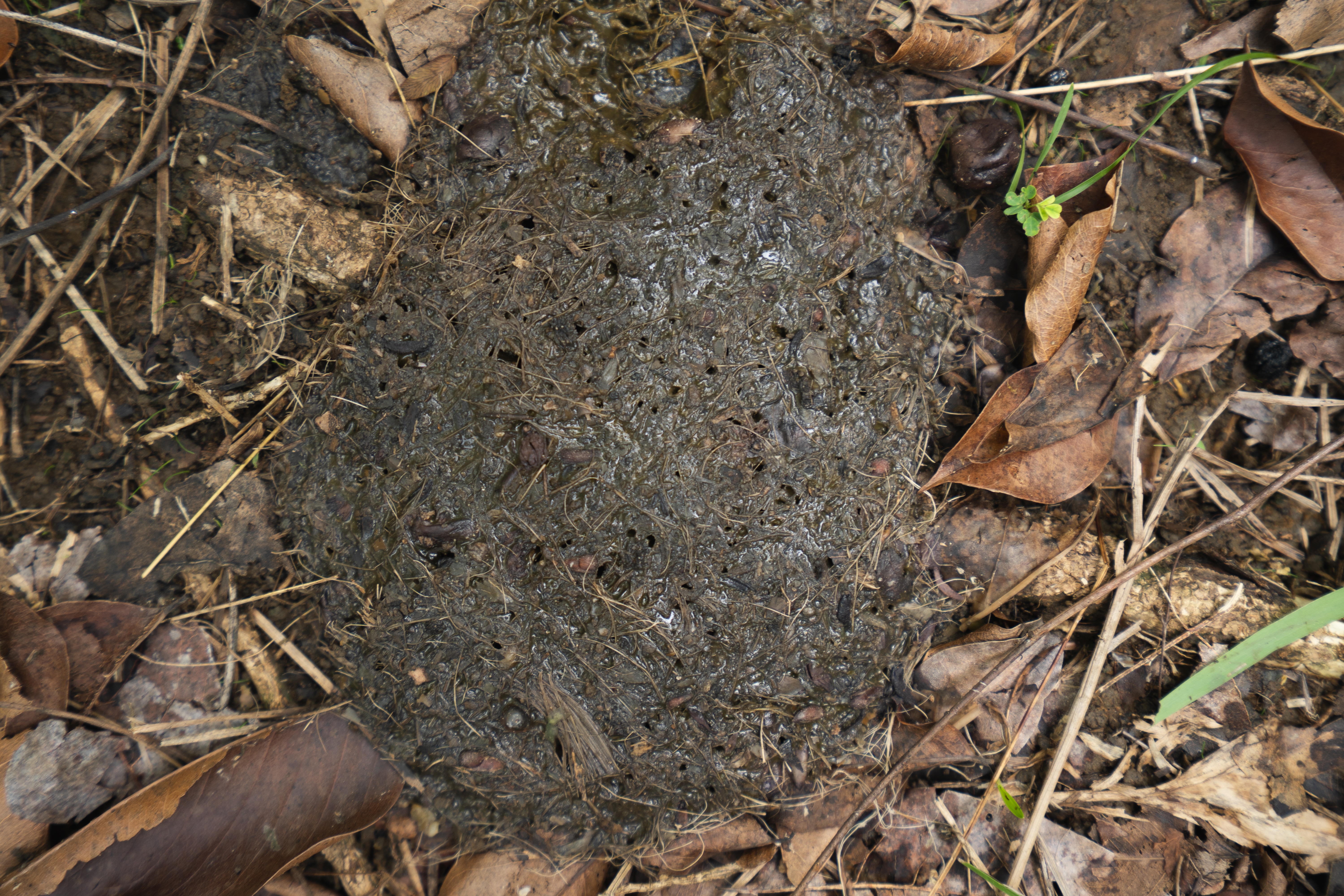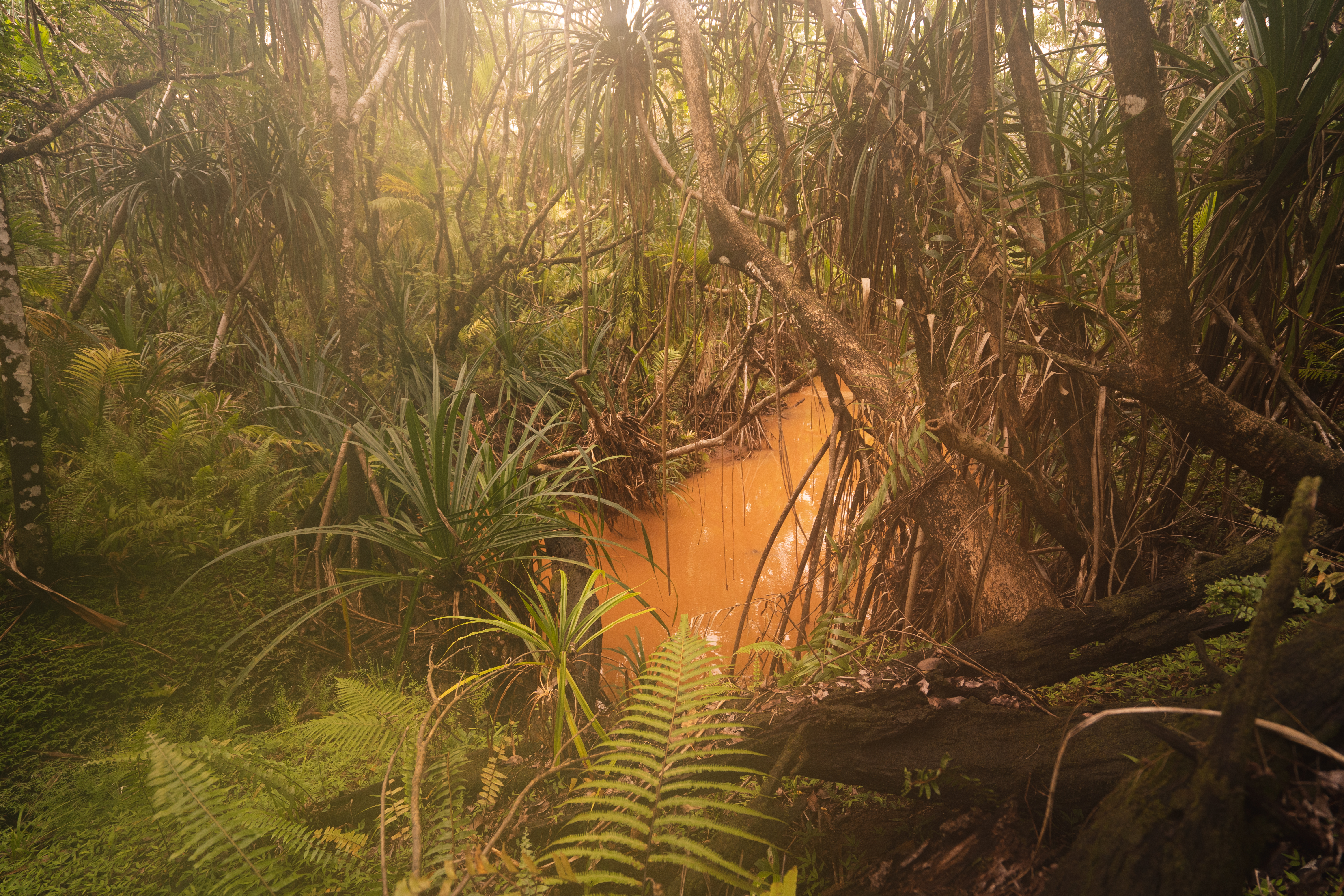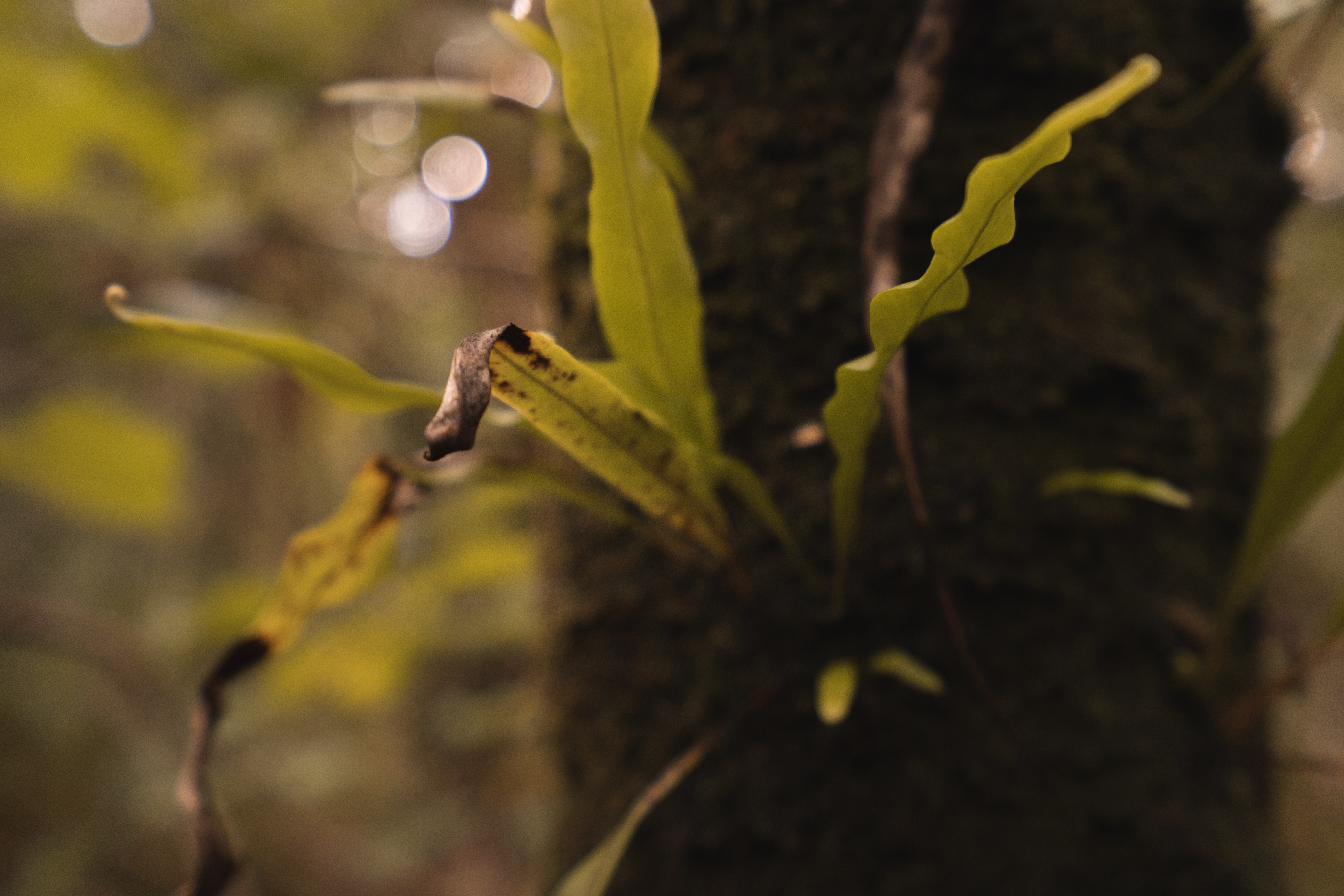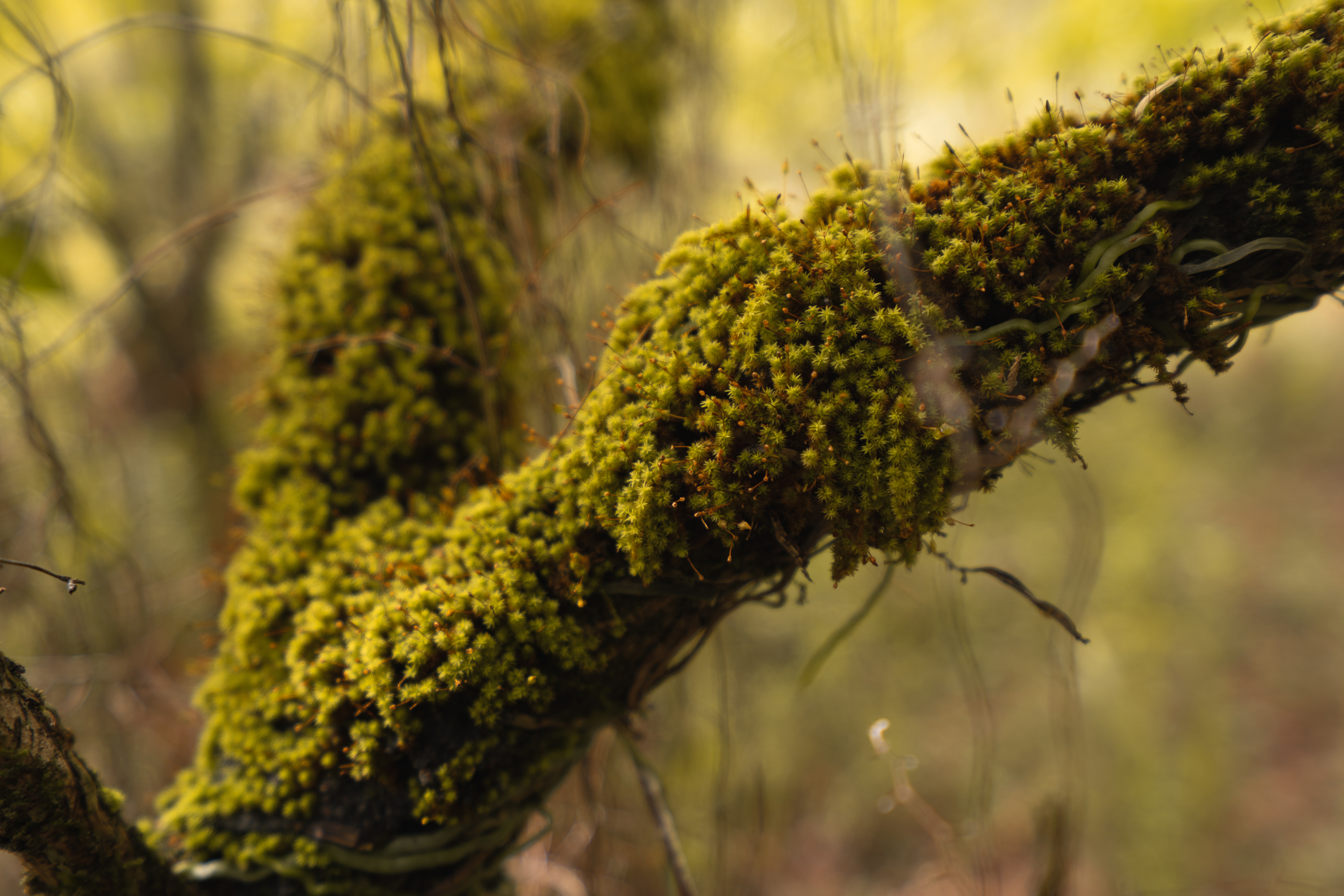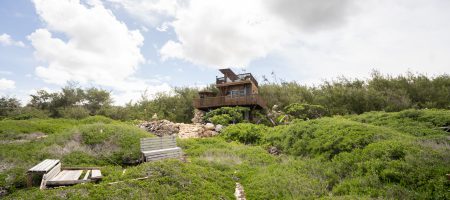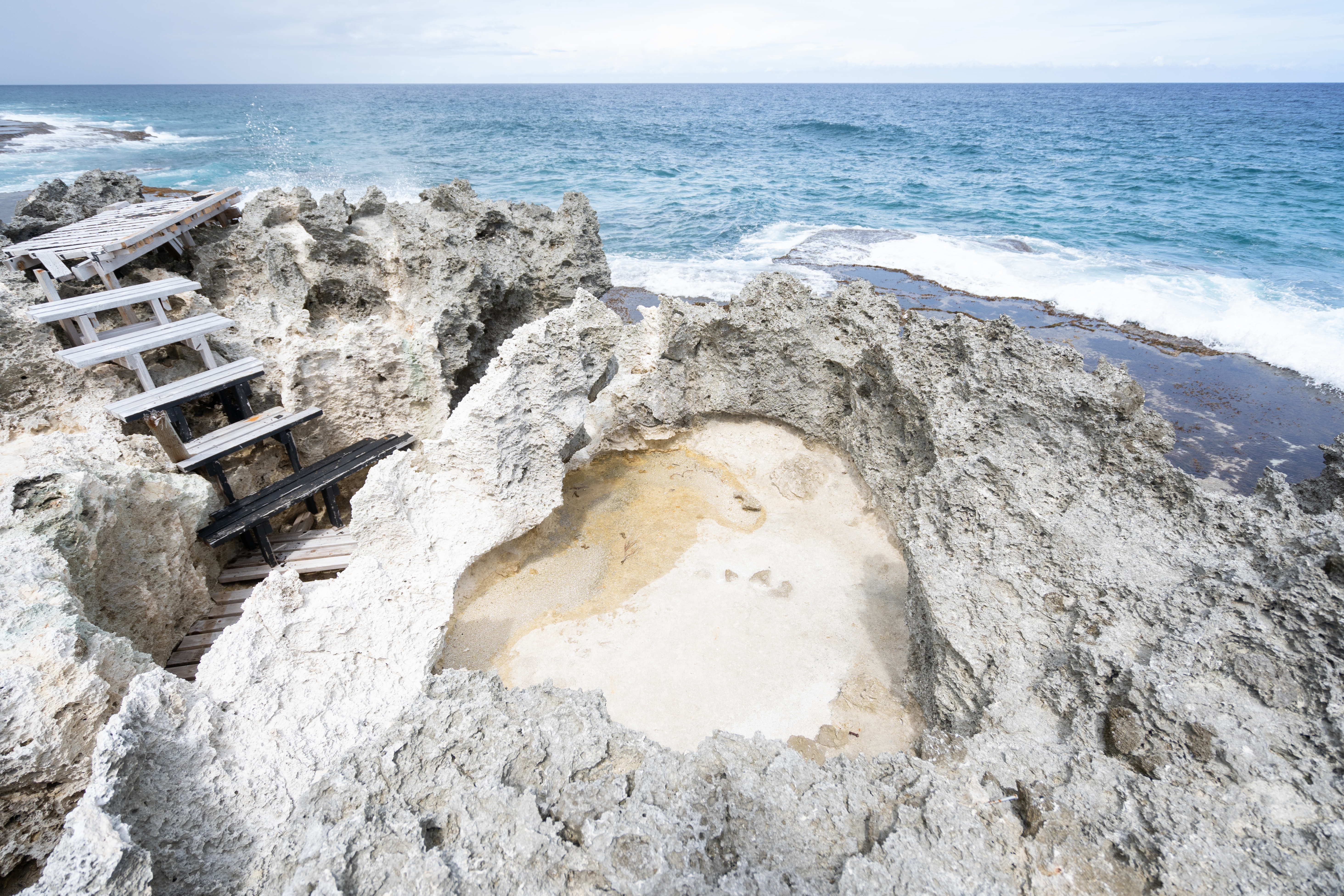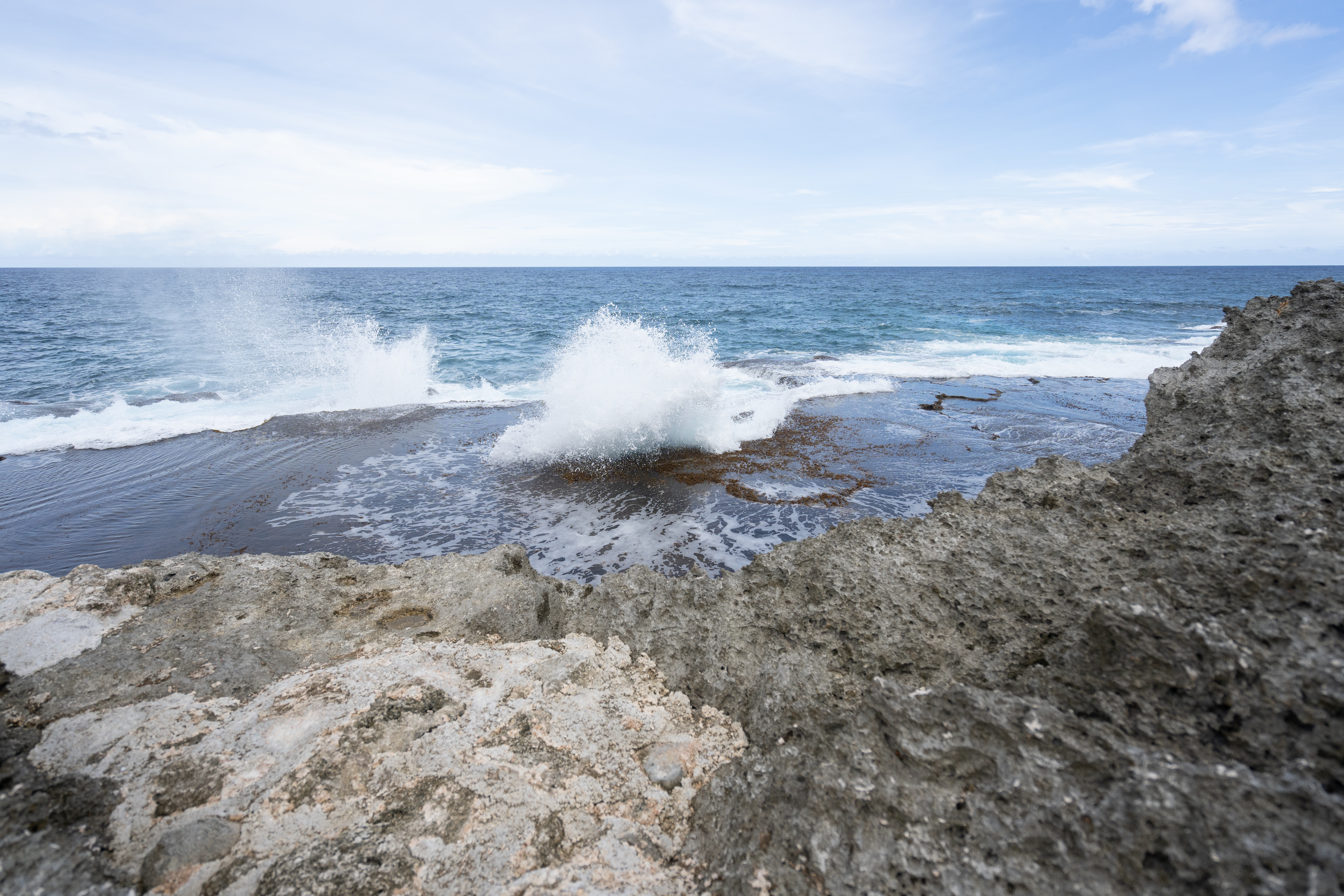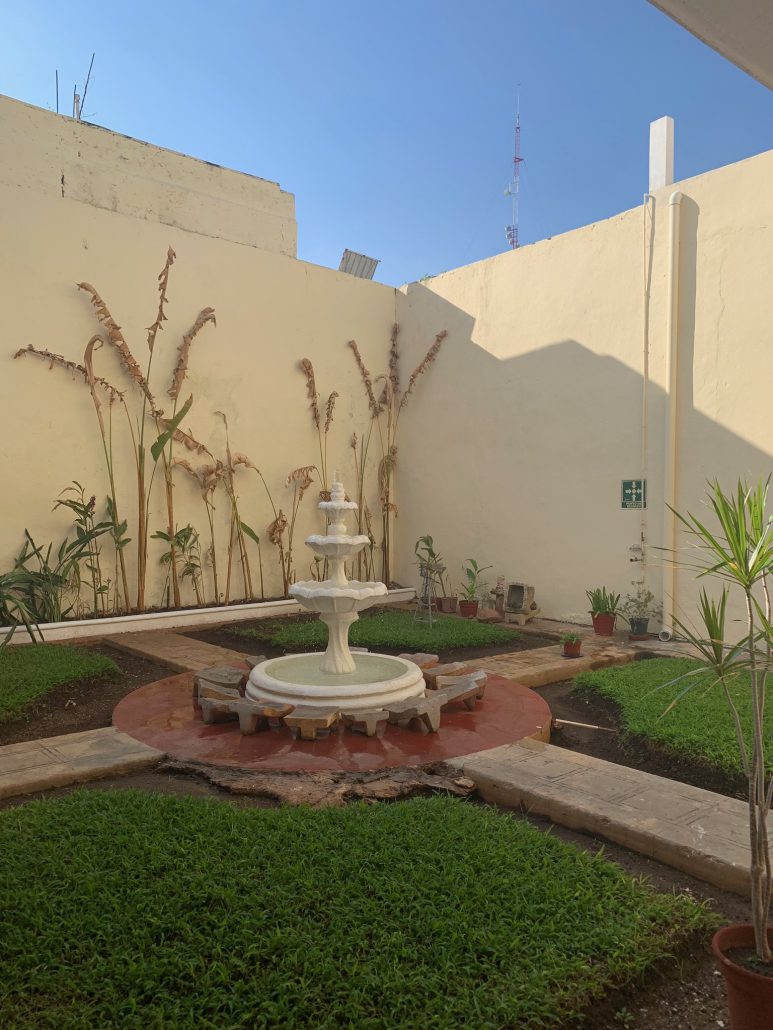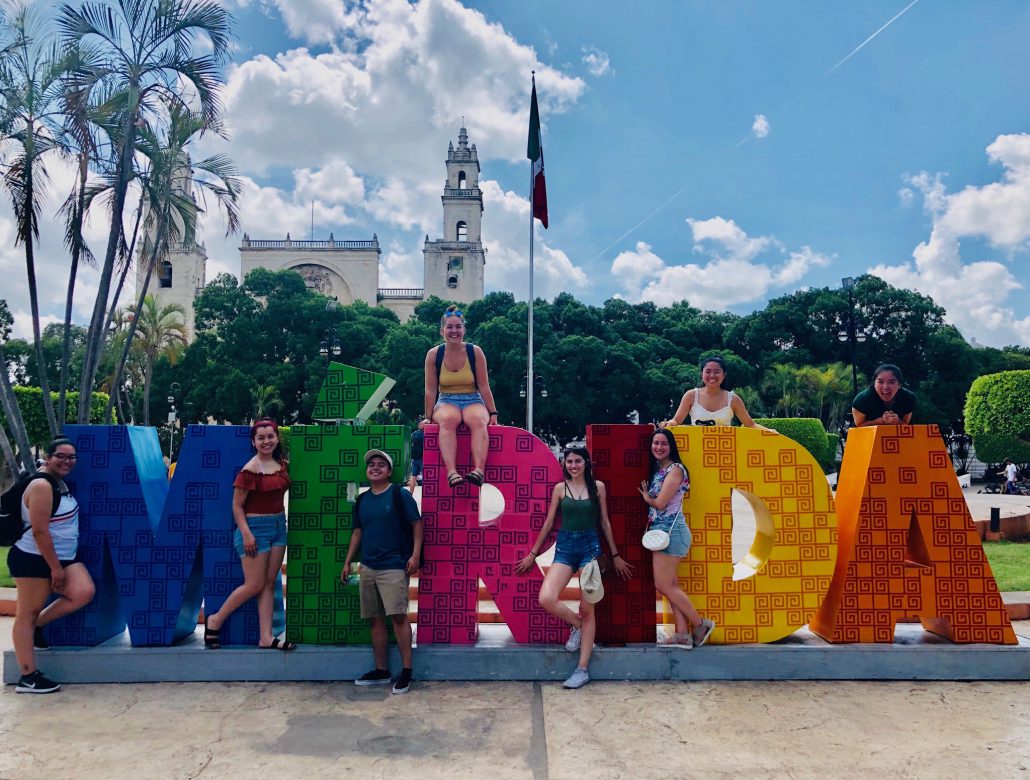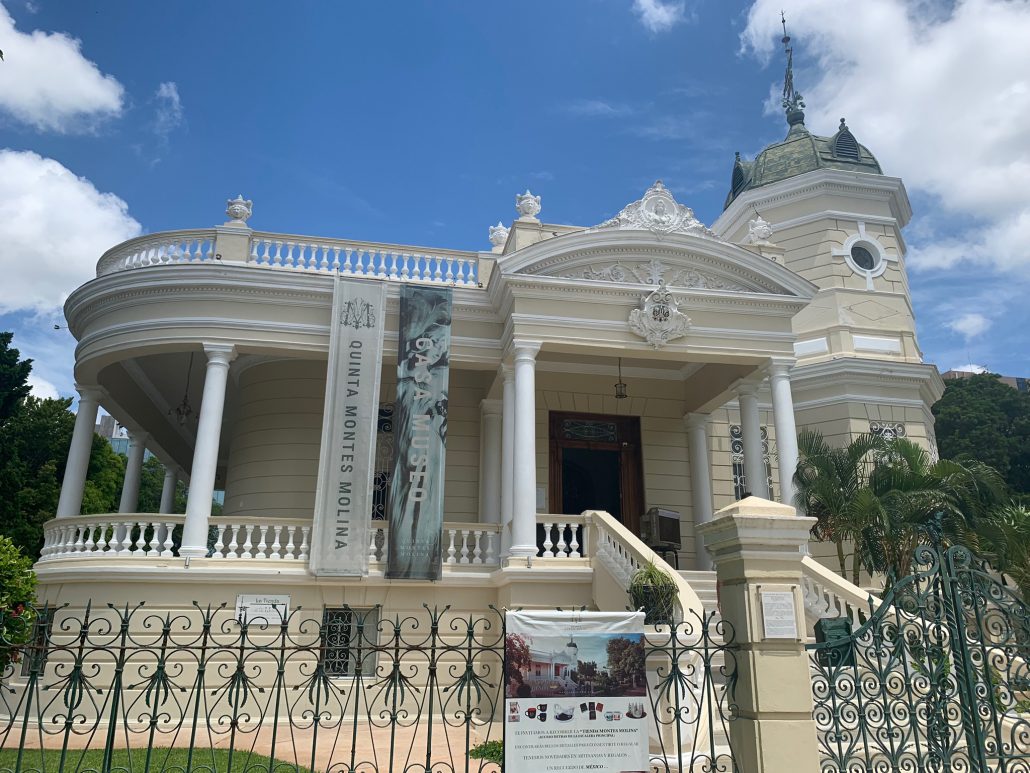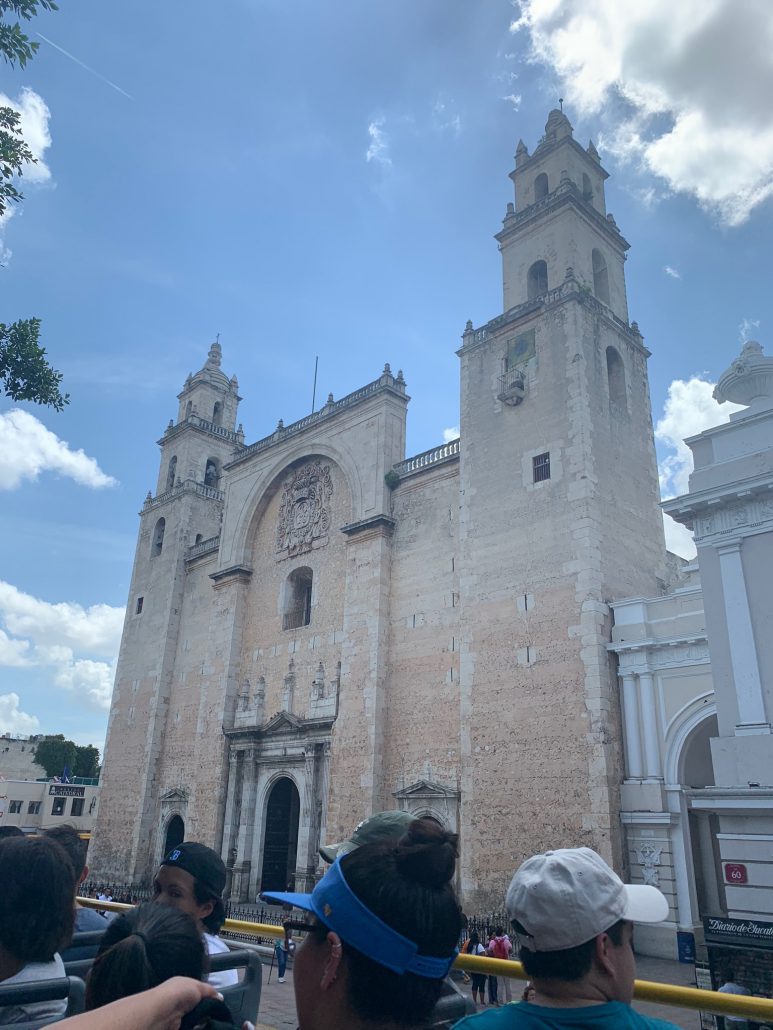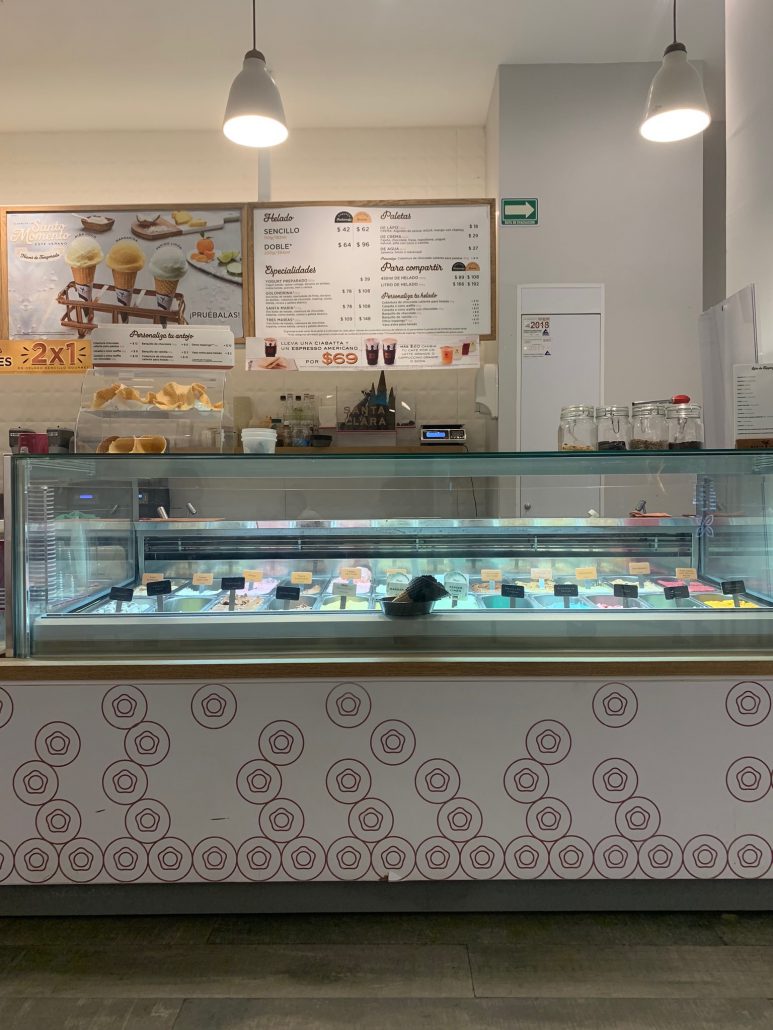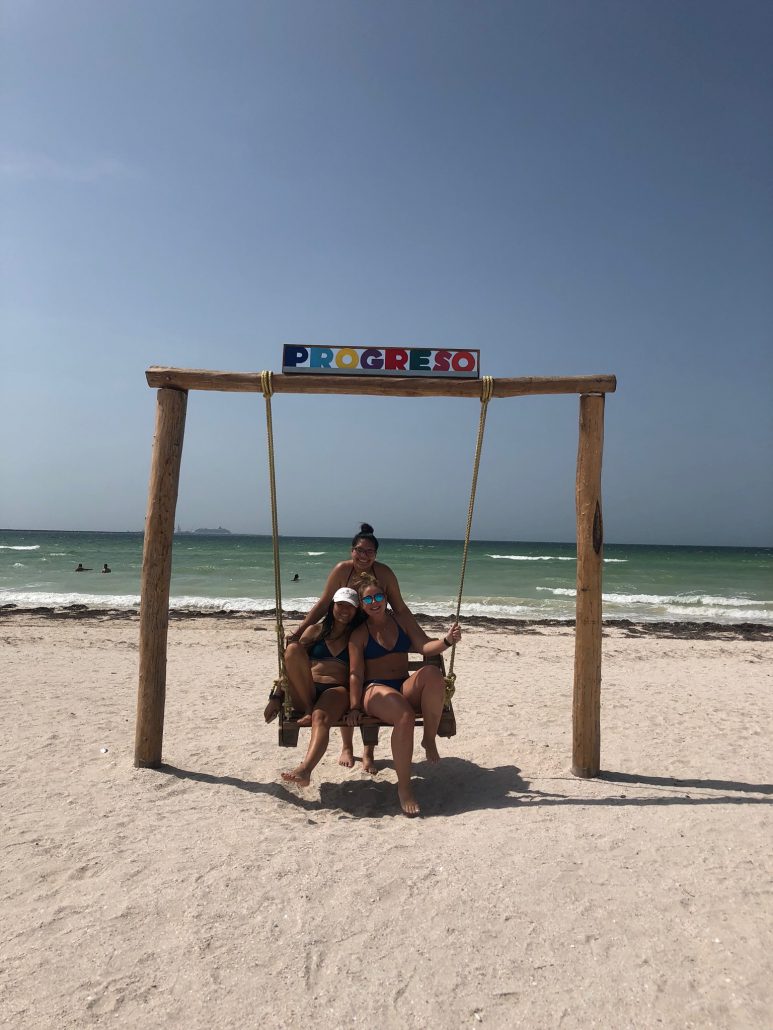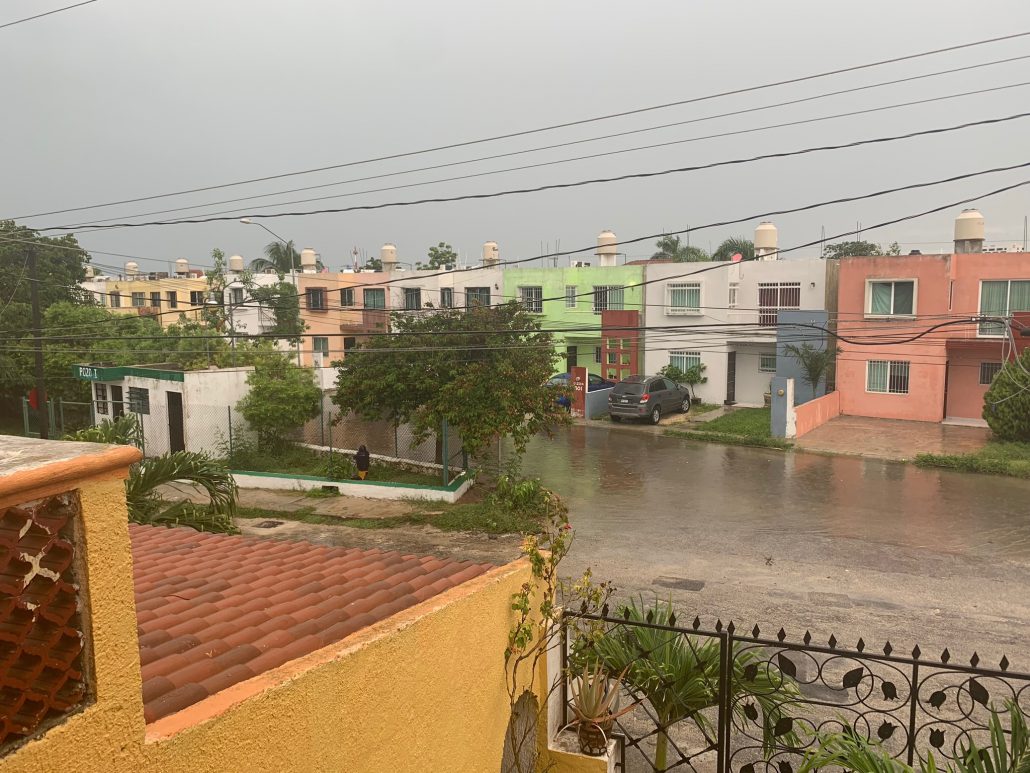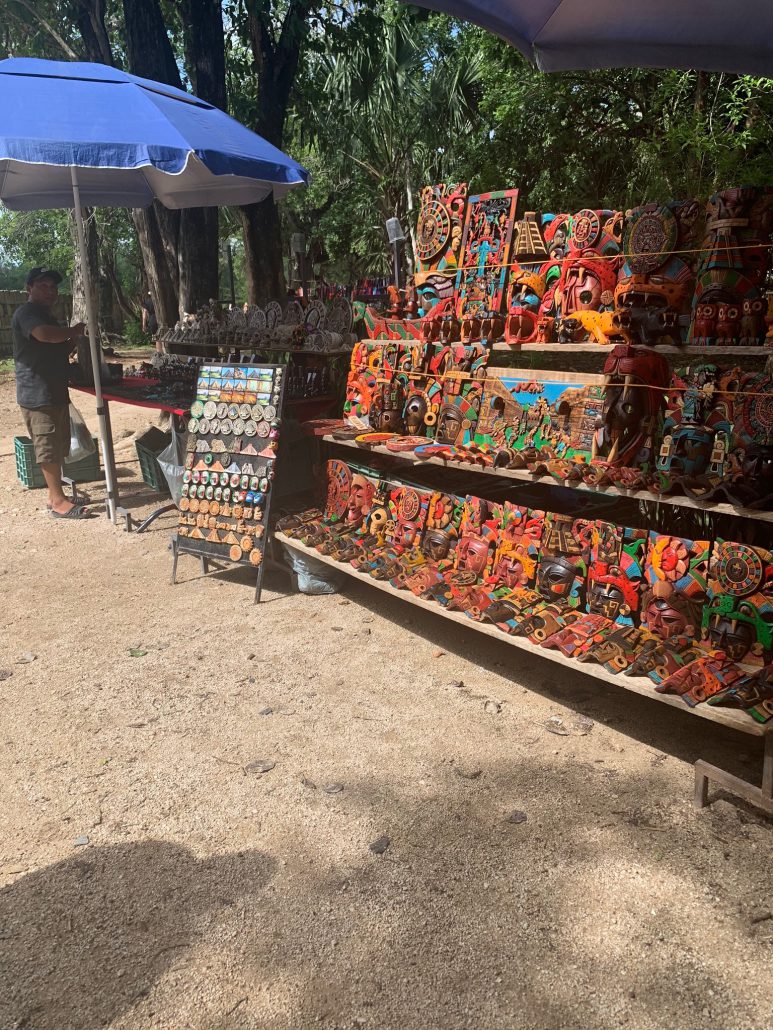Guam | Fua Rock
By Tecpatl Kuauhtzin
One of Guam’s most sacred places is the Fua Rock, and for good reason. Unfortunately, a lot of the teachings about the rock have been forgotten due to colonization and religious indoctrination during the Spanish invasion. Regardless, uncle Joe took us down to his village in Umatac, where the Fua Rock is located, and took us to visit the rock. He explained to us that it is customary to keep a low volume so as to not disturb the spirits in the area, and the importance of asking for permission before entering the locale. Out of respect, we all kept a low talking voice while walking around Umatac. The town is one of the most rural in Guam, and it was beautiful. The waters were also some of the clearest.
During our hike, Uncle Joe explained a lot about the different kinds of rock, trees and plants in the area. He pointed out many things and explained their uses and importance.
There was so much life in the area, and every turn there was a little animal. My eyes caught a little hermit crab and I locked on, following it and watching its movements. It was gentle and took its time walking from rock to rock. I took a few pictures and said my goodbyes, thanking it for allowing me to visit.
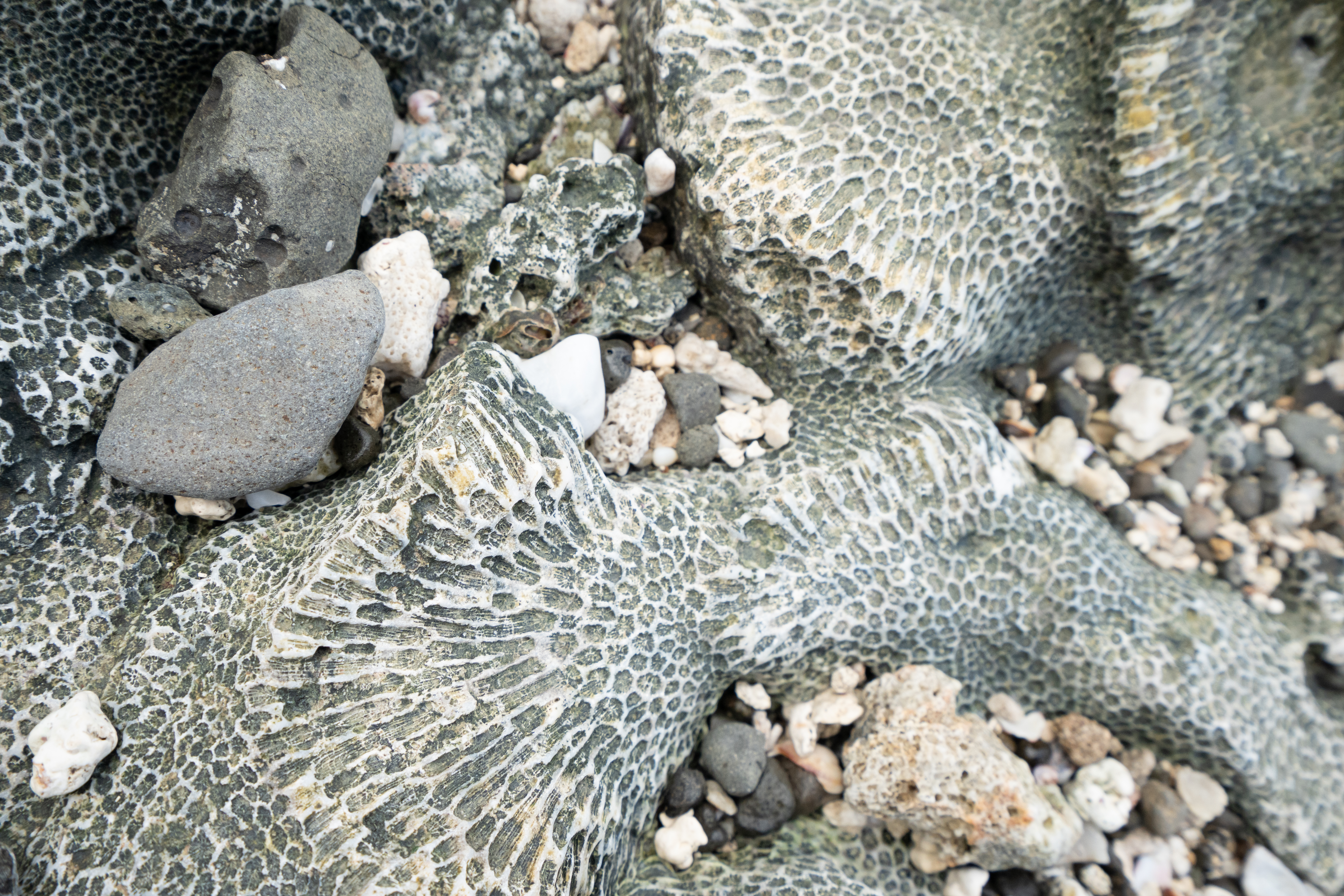
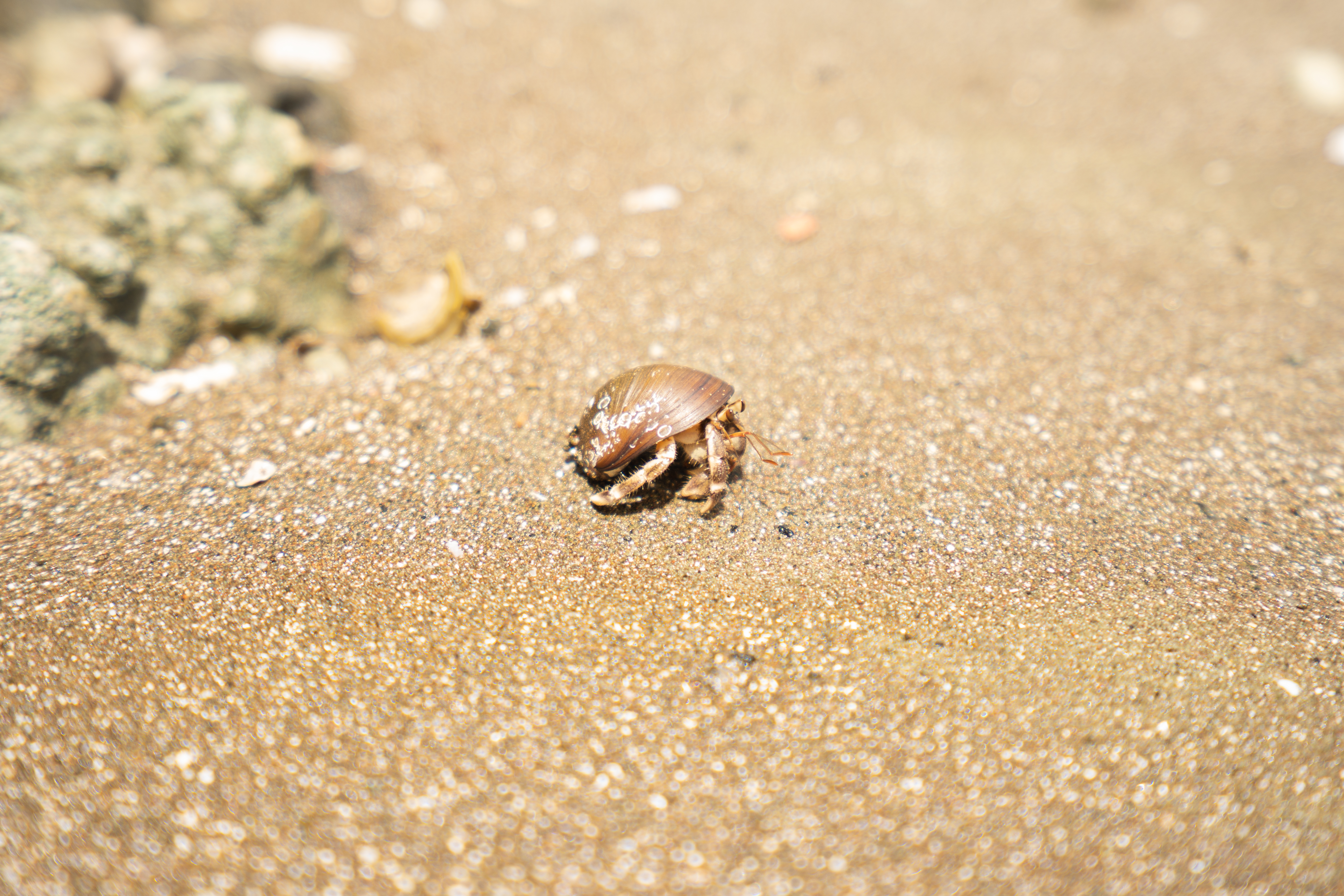
We saw the Fua Rock from across the shore, and Joe explained its significance. As I mentioned earlier, the Chamoru had to forget many teachings related to the rock for its survival. If the Spanish knew how importance this area was, they would have destroyed it as they did with other sacred structures and areas. Nevertheless, Uncle Joe shared what they do know: the area was used for new life ceremony. It was traditionally a place where women prayed and practiced their protocol. Today, young men hold ceremony there as well. We did not approach the rock out of respect, and instead took it in from afar. We even got a group picture!

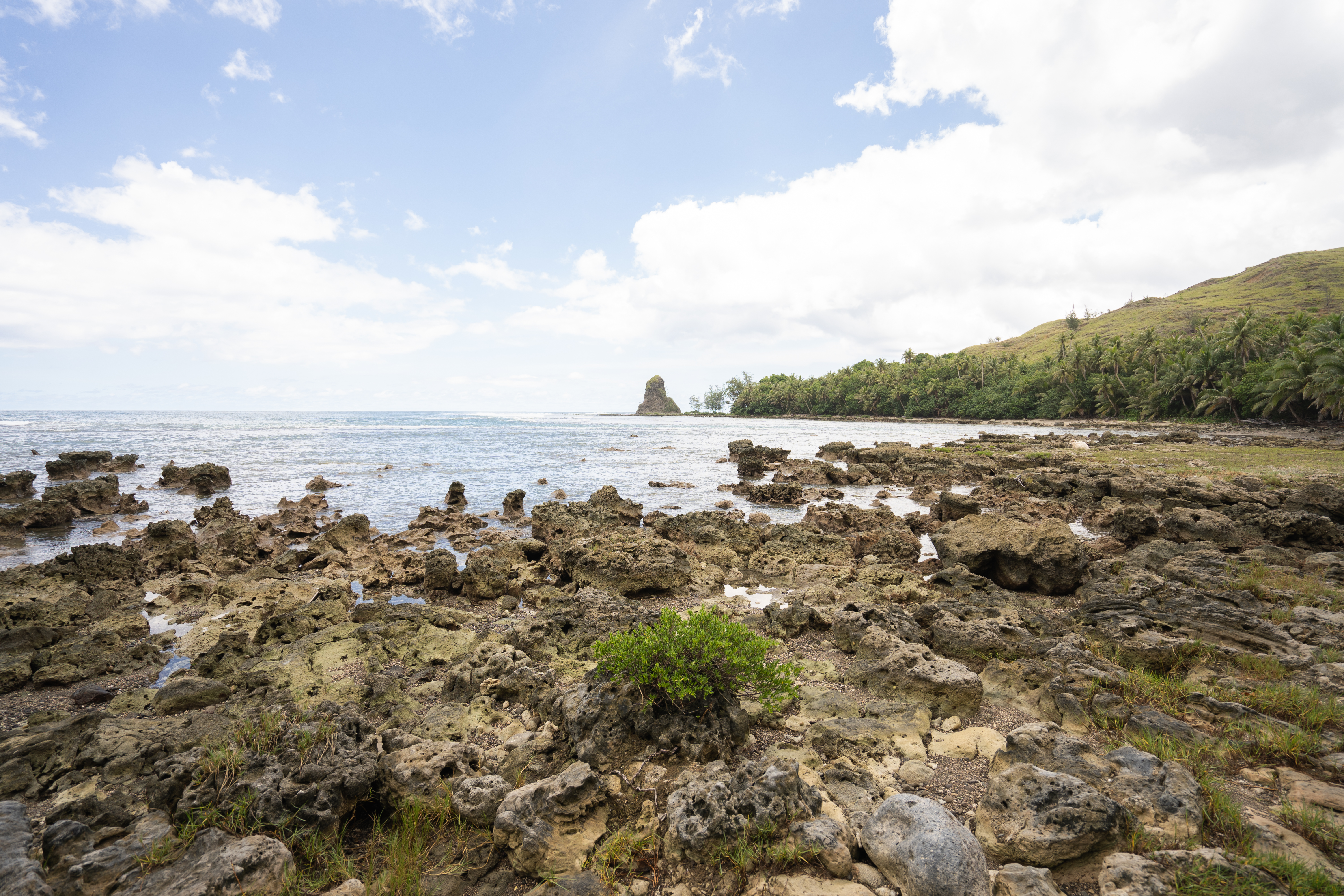
Tecpatl studied abroad in Guam in Summer 2019. https://ieo.ucla.edu/travelstudy/asianam-guam/


